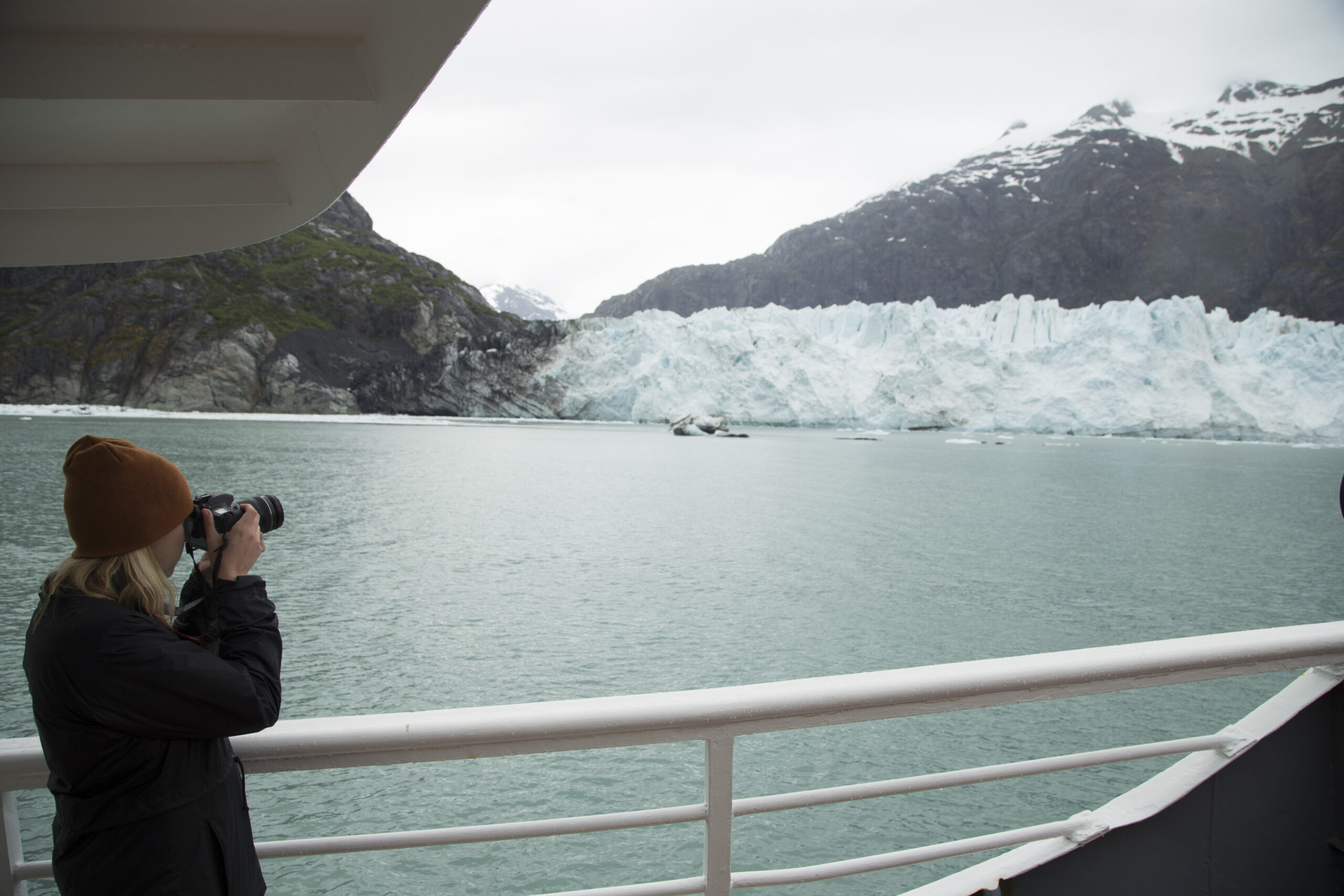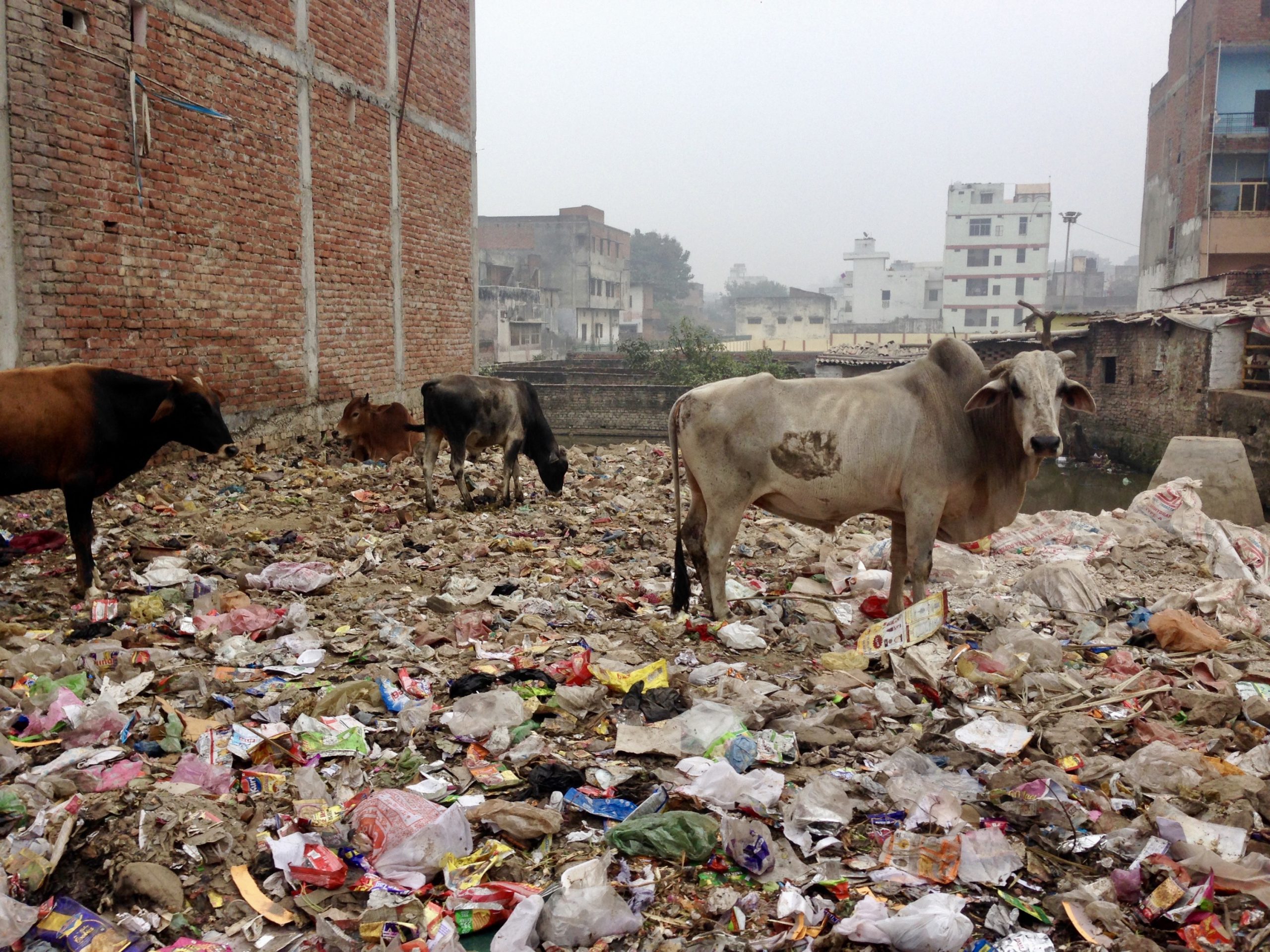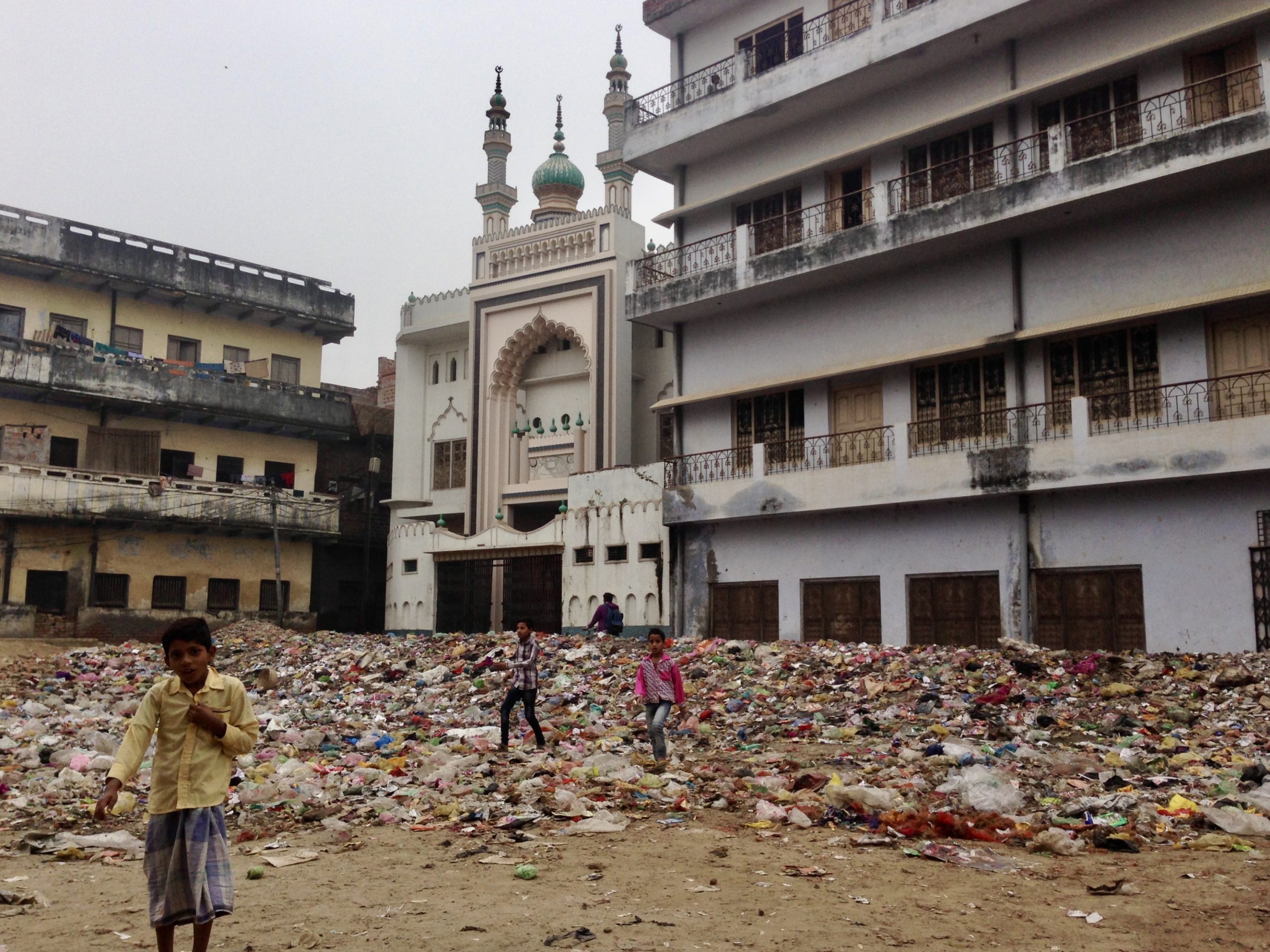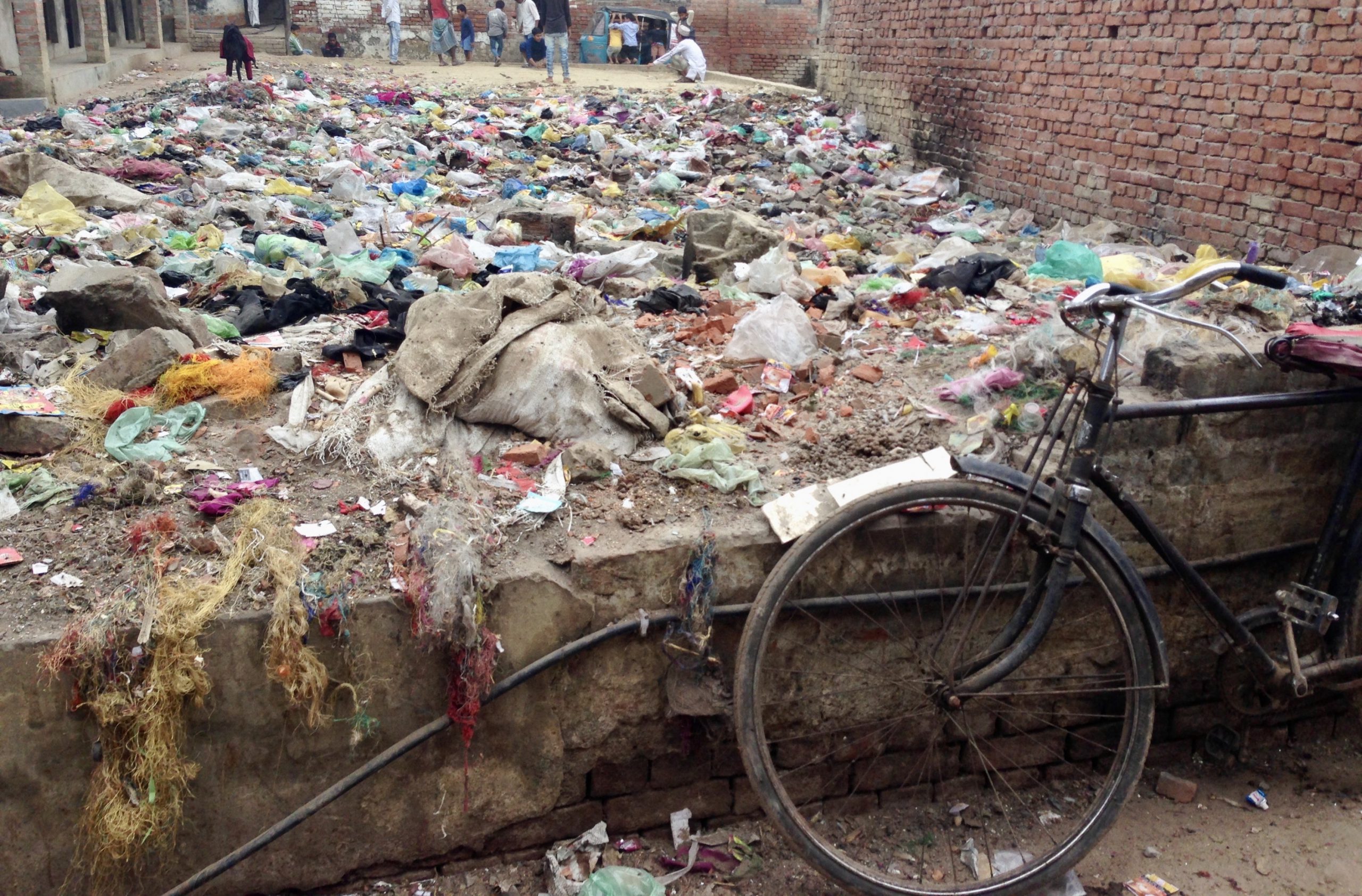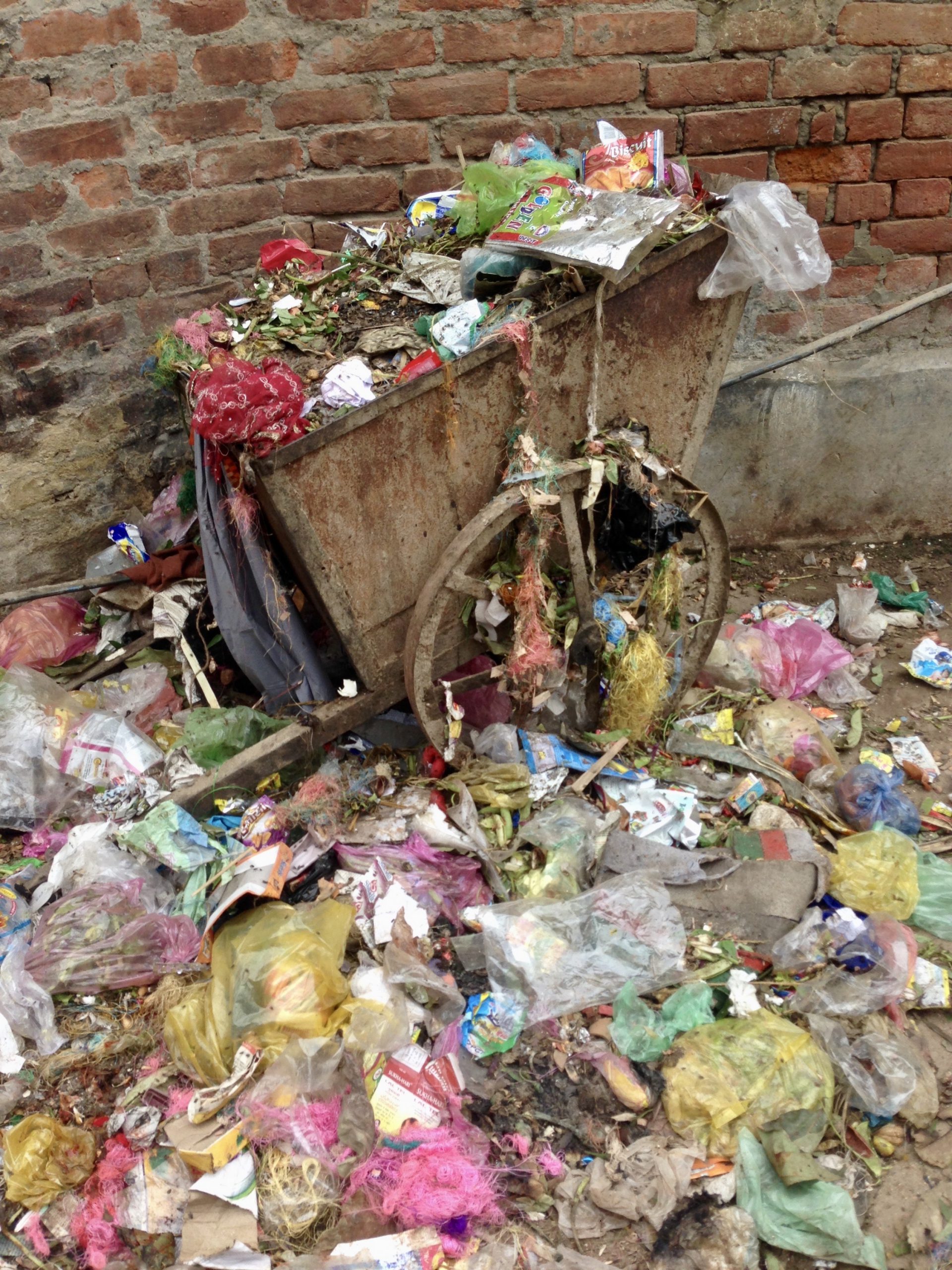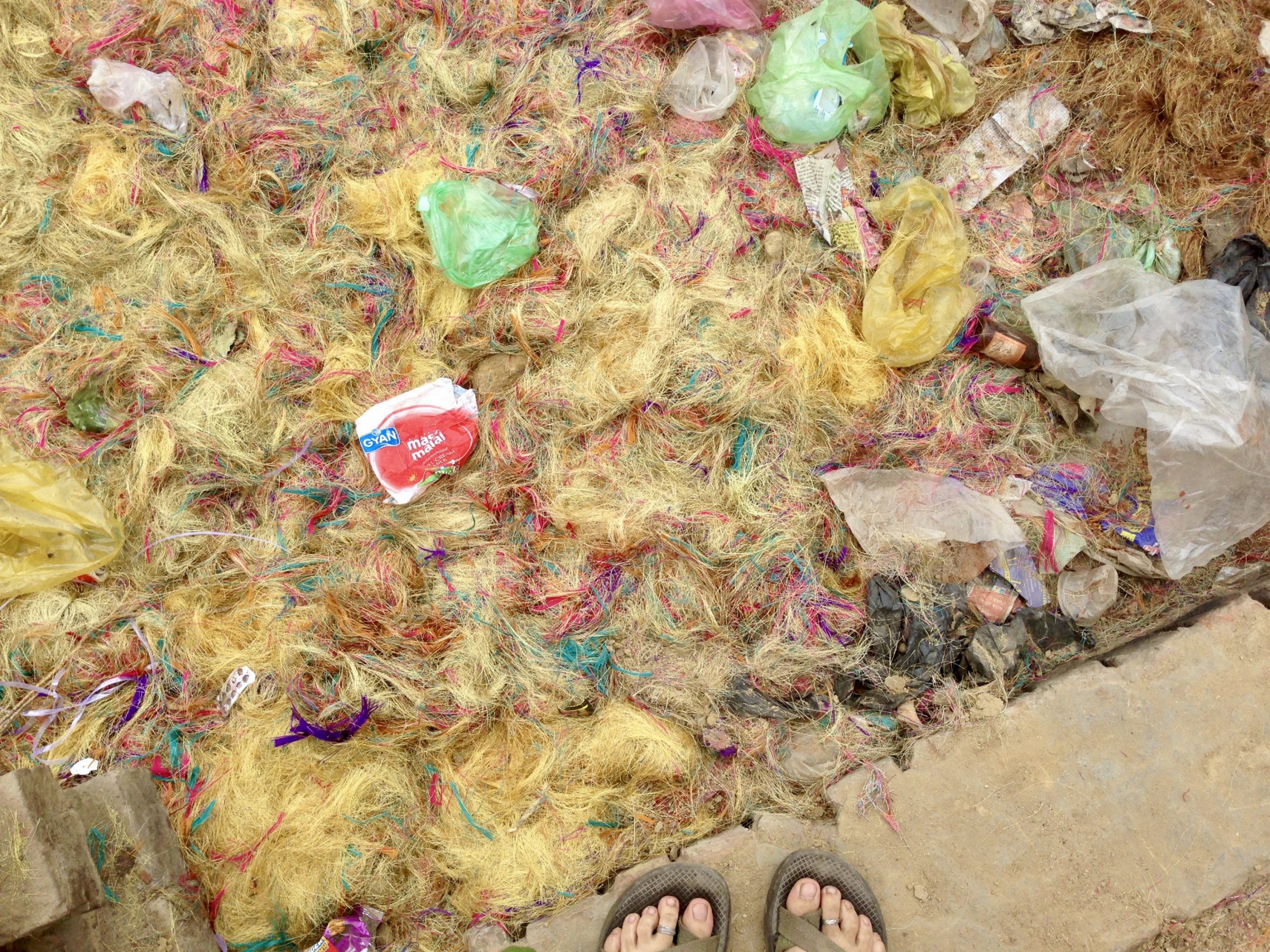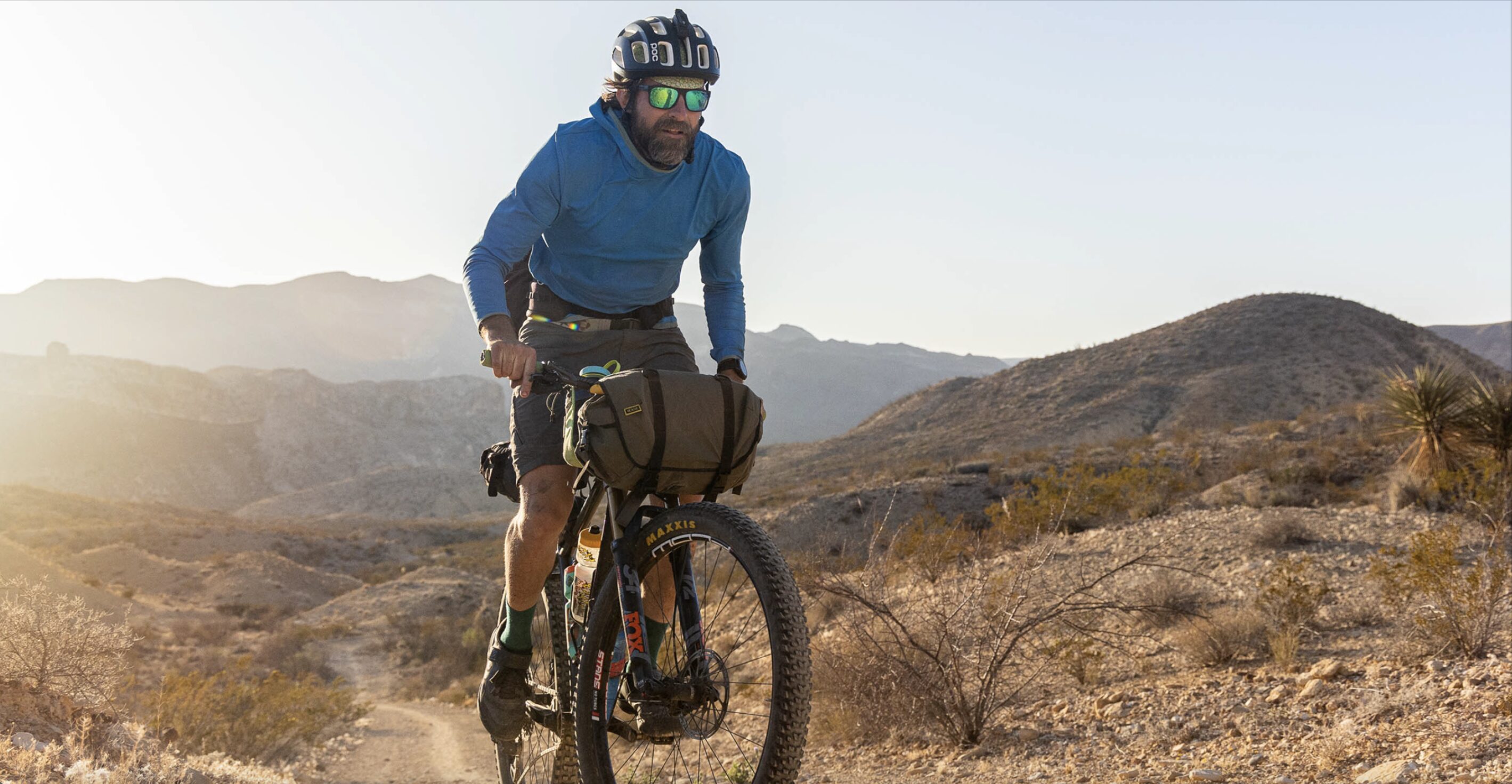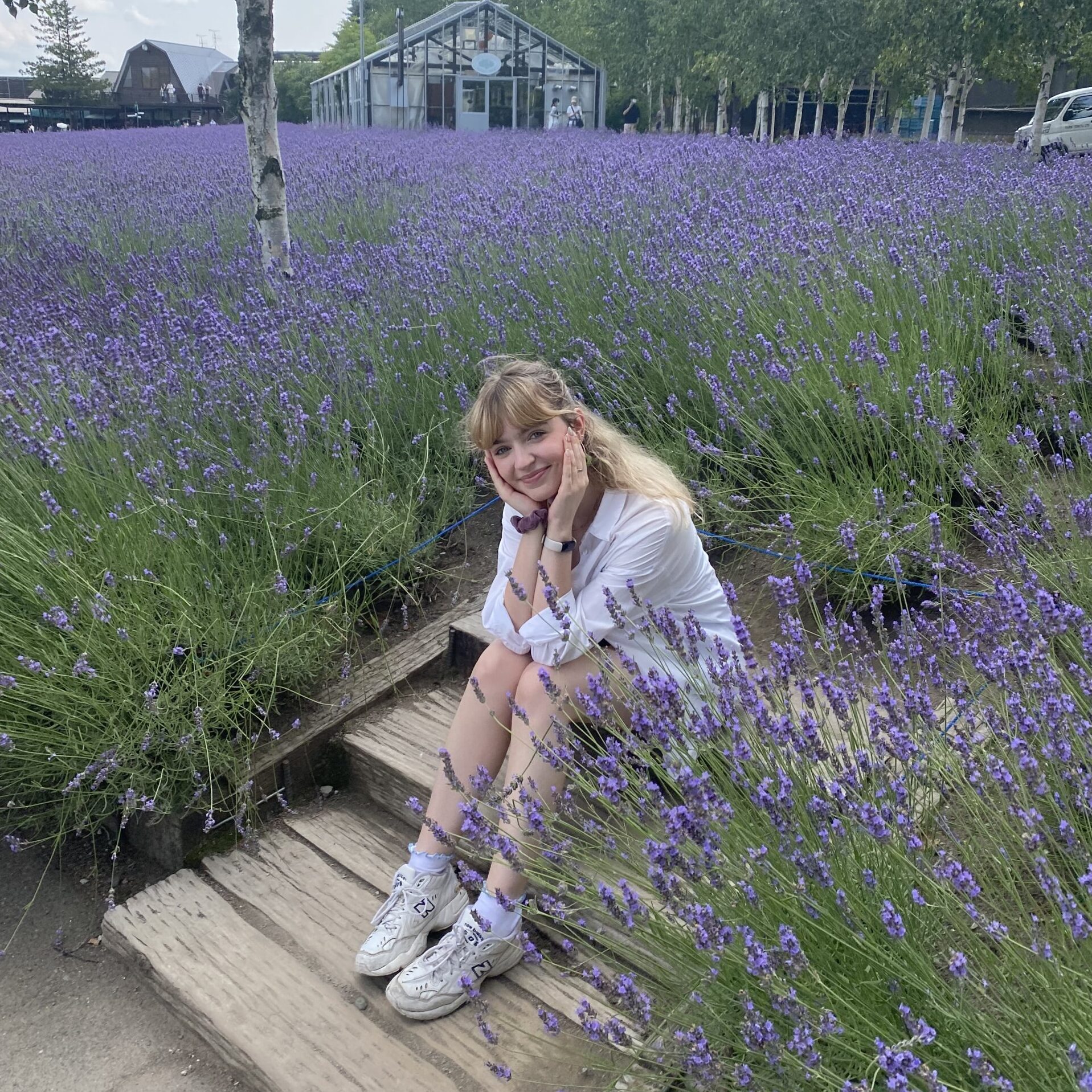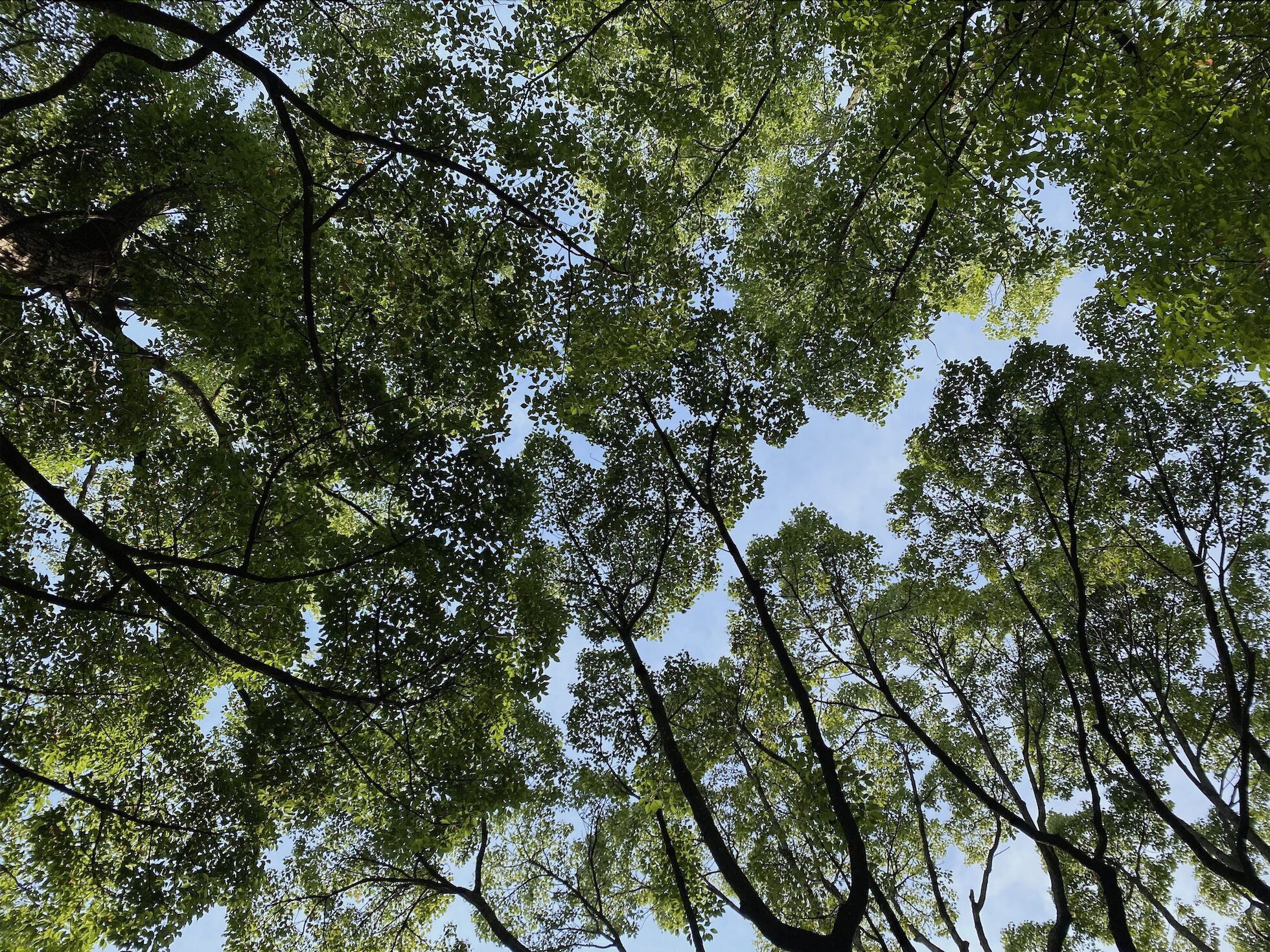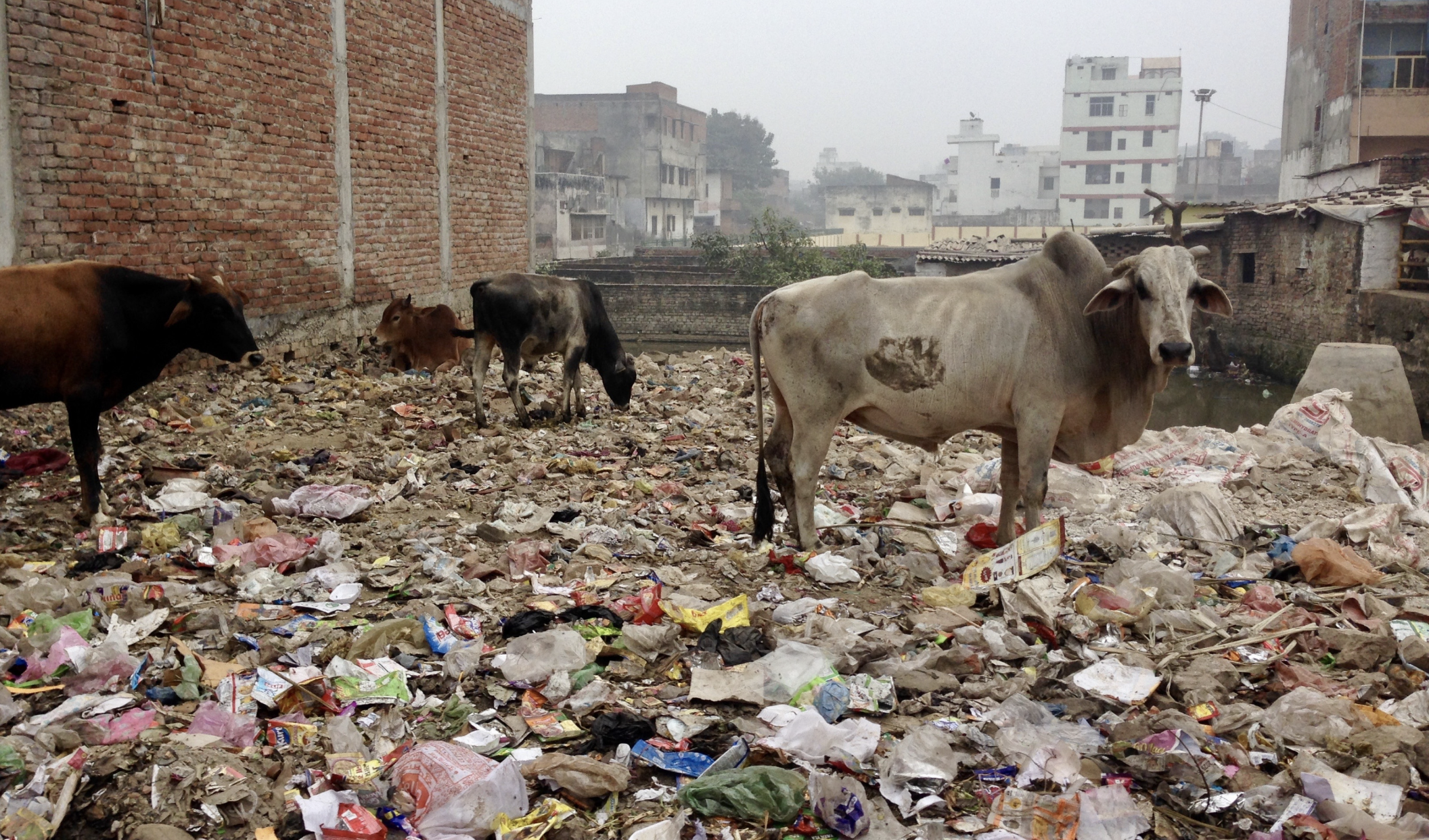
How plastic can save the planet

Plastic. The word strikes fear and disgust in the hearts and minds of many. But what if it could save the planet? OK, I can sense the skepticism. Let me explain. Plastic holds a unique metaphor for climate resilience. Think about it. Plastic is a polymer; it’s durable, shock-resistant, and malleable. These are all essential traits of a climate-resilient community.
Climate resilience can look different depending on the place and the people. But at its core, climate resilience is the ability to anticipate and bounce back from hardships related to climate change. However, this doesn’t come easily; it requires a lot of intentional and attentive action.
Let’s start with the polymer. What is a polymer? A polymer is like that chain of paper clips you used to make in your fourth-grade history class. In Greek, poly means “many” and meros means “parts.” Plastics are polymers of synthetic materials, essentially long chains of thousands of individual parts. So if you think about it, the climate movement is a polymer – and necessarily so.
We are becoming increasingly aware of the intersectionality of the climate crisis. By this I mean that it is impossible to separate racial justice from climate justice from migrant justice. These are all chunks of a larger systemic problem. And in order to deal with all the moving pieces of this complex issue, we are going to need many parts. There are about 328 million people in the United States alone. That’s a lot of parts if you ask me. That’s also a lot of potential to create impactful change on a local and national level.
At the risk of sounding cliché, every little bit helps. Whether it’s a single vote, a $5 donation, or a reusable water bottle, these things add up. But I’m not here to tell you that all you need to do is donate a few bucks or carry around a bamboo straw. Solving the climate crisis is going to take much more than that, and frankly, the solution is not entirely in our hands. The values and actions that have caused the climate crisis have been solidified in systems run by the rich and the powerful. But resilience doesn’t mean stopping when the going gets tough. And we’ve proven countless times that we are resilient people – just look at our history.
But to overthrow these harmful and violent systems, we are going to need a collective, a “cooperative enterprise.” The polymers in plastic are a cooperative collective. As I mentioned before, they are formed of single molecules, or monomers. The formation of polymers is a transformation. And isn’t that true for us? Think about it, when two people are in a relationship, we call them a couple. They are each their individual selves, but they’ve created something more, something new. Climate resilience is about joining. About linking. It is about creating something bigger than ourselves. Because that is the only way to survive a crisis that is bigger than us.
Plastic is durable. Unfortunately, our waterways, oceans, and landscapes know this all too well. Plastic never fully goes away. It just breaks down into smaller and smaller pieces called microplastics. To me, this is both terrifying and intriguing. We have the power to create something that is everlasting. Which means we can construct a movement and a world that will outlast us. Realistically, climate change will not be solved in the next few years – although it needs to be. So when we think about climate resilience, we need to be planning for something both now and in the future.
Climate resilience requires intergenerational cooperation and dependence. We need each other; we always have. To act in this moment, while also having an eye toward what lies ahead, we need a variety of experiences, realities, and perspectives. We need the wisdom of our elders and ancestors and the vibrancy of the youth. The current climate movement has become synonymous with youth. But this is not sustainable, as much as we think it might be. We are tired; we are exhausted. Burnout makes it hard to be resilient. The youth need the resources and support of older generations, while older generations need the vision and energy of the youth. This is how we create a durable, mutual movement that will outlast both generations.
Right now we are in a critical moment. We are poised to build back better. But we must ensure that the foundations we are building now are strong, able to withstand the trauma that comes with climate change. Plastic is surprisingly shock-resistant. It can also withstand corrosion, water, and chemicals — basically, whatever we throw at it.
Yet resilience doesn’t require us to be impervious to these blows and disturbances. What makes a building earthquake resistant? It is flexible. The foundation is strong, yet there are devices built into the structure that allow the building to move with the shocks. You know what’s coming next – yup, plastic is also flexible. The word plastic originally comes from the Greek word plastikos, which is derived from plassein, meaning to mold, or to form. Plastic is naturally malleable, formed by it’s environment, such as a mold or a hot stovetop (it’s okay, we’ve all been there).
Resiliency means we have to be able to bounce back. We’ve already had a lot thrown at us in the past year alone – from floods to fires to a pandemic. And the scary thing? This is just the beginning. We are recognizing the mold we are in, one of a burning planet. We have to accept reality and begin to adapt to the difficulties we are facing and will face. We have to be malleable, like plastic. And we have to be agile, letting the punches roll off our back and moving with them. They still hurt, they are punches after all. But we are saving our energy for when it really matters. And we keep building. Maybe the Green New Deal won’t pass Congress. It will hurt; we will grieve. But then we lean into each other and adjust.
Building climate resilience is a hard, but necessary task if we are going to make it through this climate emergency. It requires us to join together: work together, cry together, laugh together. It requires us to build a durable and shock-resistant foundation. It requires us to create a flexible and evolving movement and community. And of all the things to turn to, ironically, we can look to plastic to be our guide. Because plastic isn’t just one of those characteristics. What makes plastic plastic is the cumulation of all these traits.
We are creative, resourceful, powerfully imaginative. Look at what we’ve made — the good and the bad. We invented plastic: our worst nightmare and potentially, metaphorically, our saving grace. But we also invented solar panels. We must recognize our influence and reclaim our detrimental behaviors and creations. This period in time could define us as a human race. Do we want to ruin and decimate all that we have, including ourselves? Or do we want to be like the problematic, yet wildly resilient plastic we’ve created? To me, the answer is clear.


